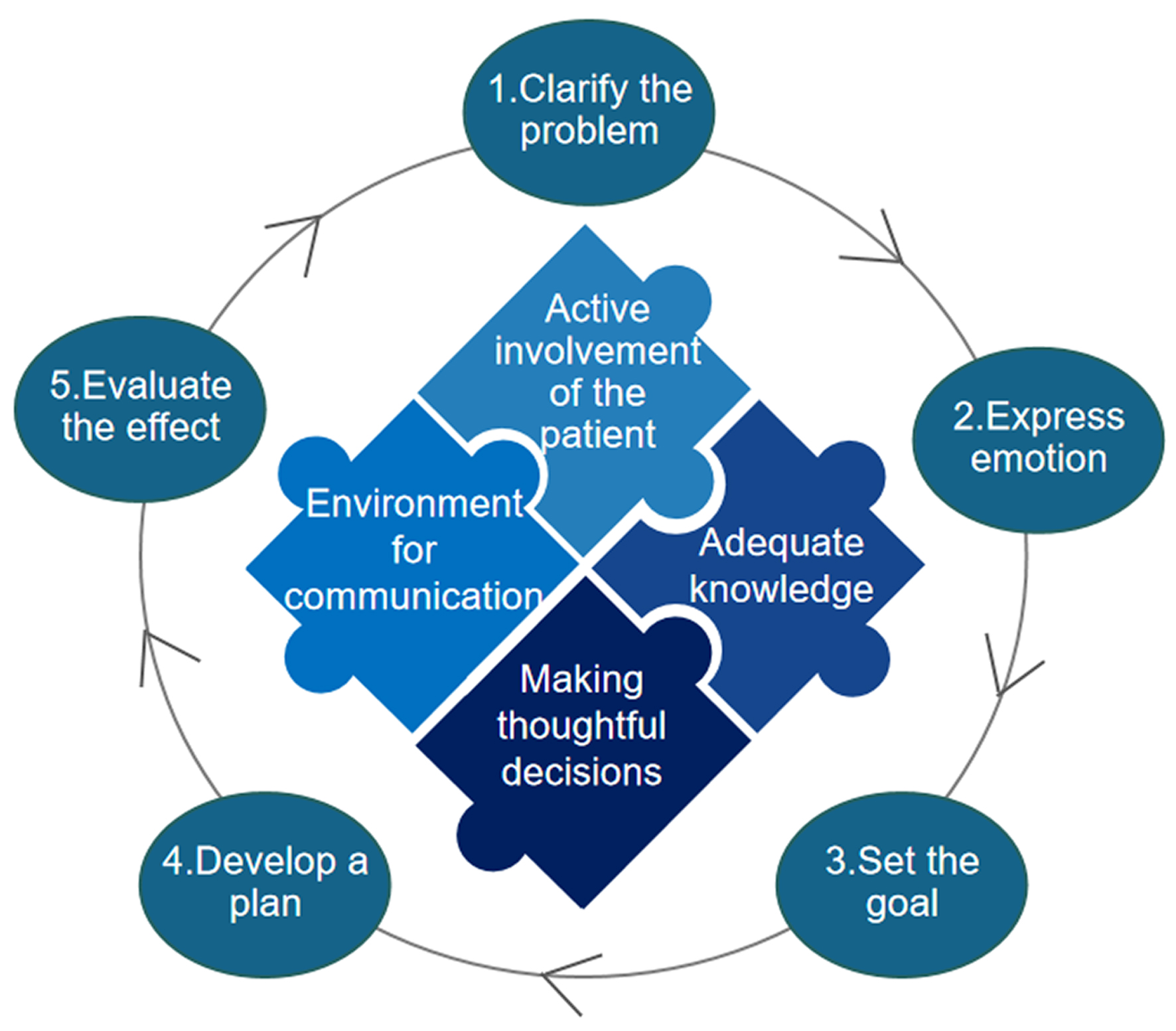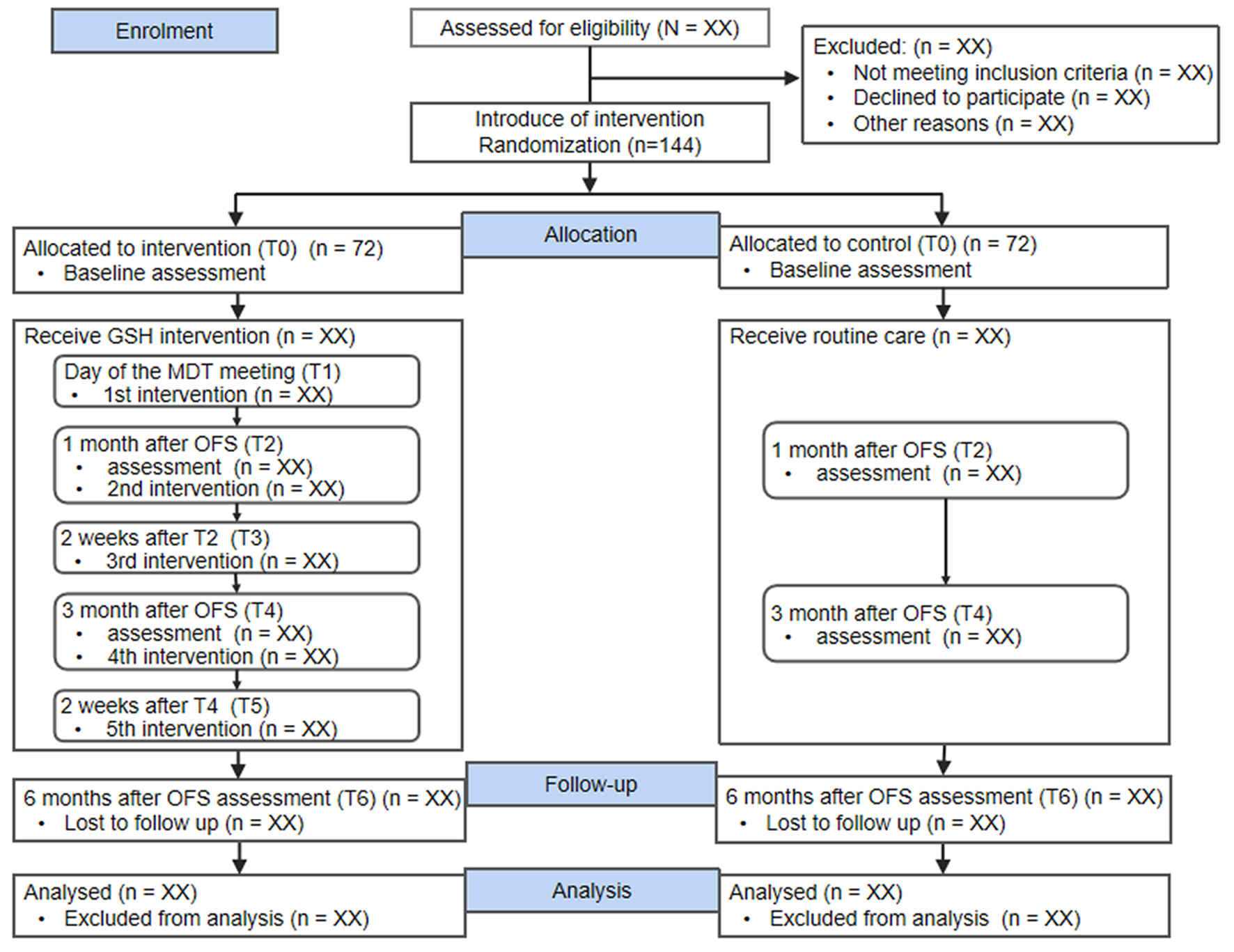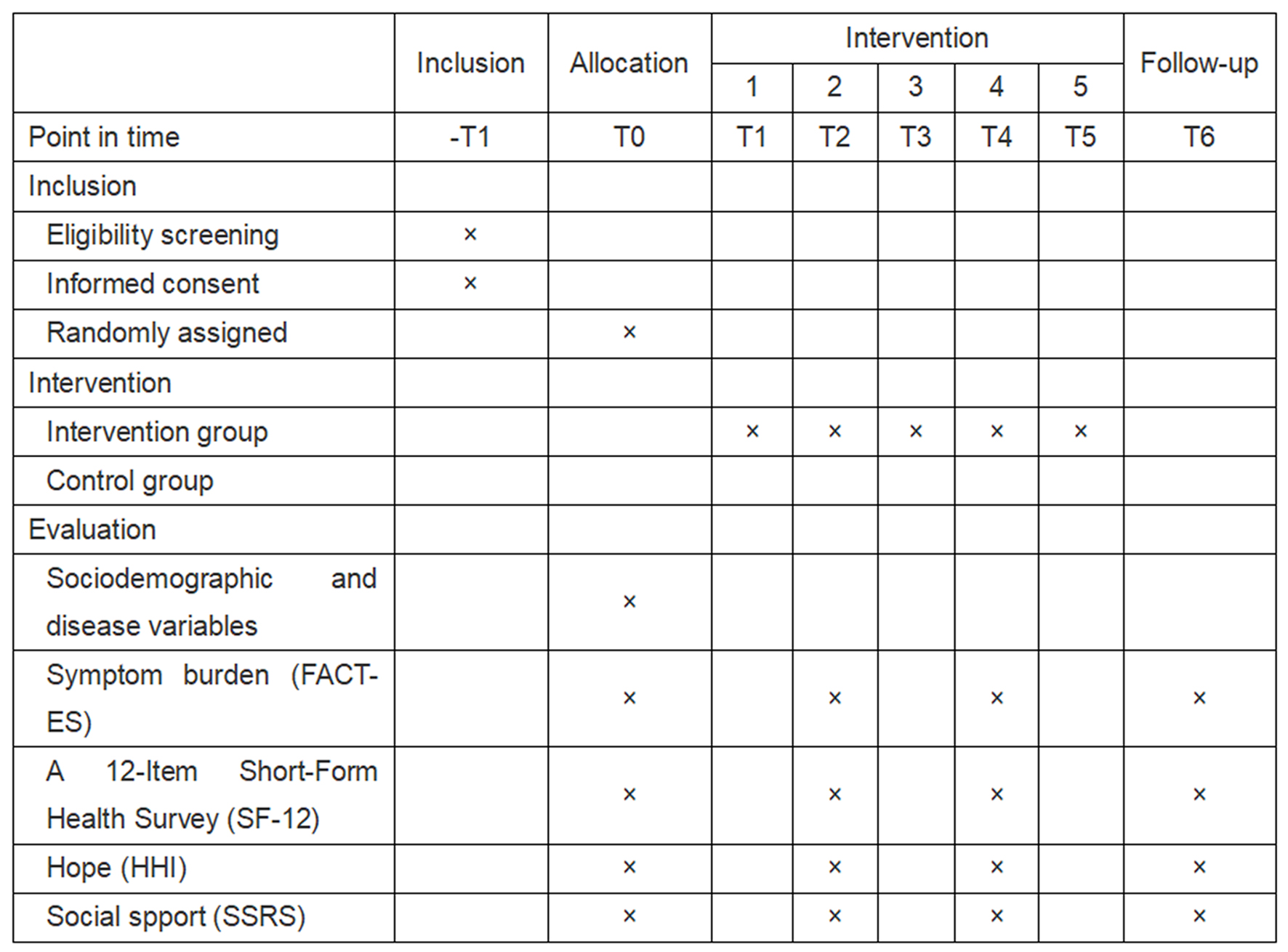
Figure 1. Four points and five steps of the empowerment theory.
| World Journal of Oncology, ISSN 1920-4531 print, 1920-454X online, Open Access |
| Article copyright, the authors; Journal compilation copyright, World J Oncol and Elmer Press Inc |
| Journal website https://www.wjon.org |
Study Protocol
Volume 15, Number 2, April 2024, pages 325-336
Empowerment-Led Guided Self-Help Intervention for Symptom Burden in Breast Cancer Women Treated With Ovarian Function Suppression: A Randomized Trial Protocol
Figures



Tables
| Empowerment theory | Symptom burden GSH practice elements |
|---|---|
| GSH: guided self-help intervention; OFS: ovarian function suppression. | |
| Points | |
| Active involvement of the patient | Nurses guide patients to participate actively in the symptom burden intervention process. |
| Adequate knowledge | Access to knowledge through GSH manuals, m-Health platforms, one-to-one offline meetings, telephones or WeChat follow-ups, etc. |
| Making thoughtful decisions | Nurses guide patients to set goals and plans based on their multidimensional attributes of symptom burden, symptom clusters, and salient, priority symptom burden. |
| Environment for communication | Guiding the patient to share positive and negative feelings about the disease with family members and establish stable relationships with other community members. |
| Steps | |
| Clarify the problem | Identify the patient’s own multidimensional attributes of symptom burden, symptom clusters, and salient, primary symptom burden to address. |
| Express emotion | Encourage patients to express positive and negative emotions. |
| Set the goal | Nurses guide patients to set their own goals. |
| Develop a plan | Nurses guide patients to make rational decisions. |
| Evaluate the effect | The nurse follows up with an assessment and encourages the patient to review and summarize. |
| Session 1 (T1, the MDT meeting day) | |
|---|---|
| GSH: guided self-help intervention; OFS: ovarian function suppression; MDT: multidisciplinary treatment. | |
| Form | One-to-one offline meeting |
| Content | 1) Clarify the problem: Clarify the associated symptom burden: assist patients in understanding the symptom burden they may face with drug OFS treatment; Clarify the purpose of the experiment: explain the purpose of the study and the precautions to the patients; Clarifying self-help needs: an initial assessment of patient’s needs for guided self-help management; Clarifying the role of individual, family, and social linkages: valuing self-care and self-reliance, promoting self-reflection, and taking measures such as discovering the strengths of one’s strengths to enhance the self-efficacy of the patient; emphasis on communication with family members and experiencing a sense of happiness and being cared for in the family; emphasis on social participation to enhance self-esteem and sense of social value; Clarify the use of self-help materials: explain to patients how to use the symptom burden self-help manual and the m-Health platform (content provides targeted guidance based on multidimensional attributes of symptom burden, and symptom clusters) and the precautions. 2) Express emotion: Encourage patients to confront their positive and negative emotions. |
| Session 2 (T2, 1 month after OFS treatment) | |
| Form | One-to-one offline meeting |
| Content | 1) Clarify the problem: Clarify the symptom burden situation: assist patients in clarifying their current multidimensional attributes of symptom burden, and symptom clusters, then instruct them to define the order of importance of management according to the prominence and significance of their symptom burden. 2) Express emotion: Guiding patients to express their emotions, listening to patients’ descriptions of their physical and mental burdens, assisting them in exploring the nature of their problems, and encouraging them to face positive and negative emotions. 3) Set the goal: Nurses guide patients to encourage them to set their own goals based on their salience, primary symptom burden, and self-help management needs. 4) Develop a plan: Develop a self-help plan based on the goals set and encourage patients to log events, recording successes, failures, difficulties, and testimonials of experiences in implementing the plan. |
| Session 3 (T3, 2 weeks after T2) | |
| Form | Telephone or WeChat follow-up |
| Content | The nurse asked the patient if there are any difficulties with the process and instructed her accordingly. |
| Session 4 (T4, 3 months after OFS treatment) | |
| Form | Telephone or WeChat follow-up |
| Content | 1) Evaluate the effect: Evaluate the effectiveness of the previous phase of GSH: review the prior phase of matching goal setting to program completion, and the nurse guides the patient to identify facilitators and impediments to program completion. 2) Encourage patients to lead the next round of the empowerment process: Patients are encouraged to go through the next round of the empowerment process on their own based on the empowerment intervention elements and self-help materials (The manual and m-Health platform contain targeted guidance on multidimensional attributes of symptom burden, and symptom clusters at this stage). |
| Session 5 (T5, 2 weeks after T4) | |
| Form | One-to-one offline meeting |
| Content | The nurse asked the patient if there are any difficulties with the process and instructed her accordingly. |